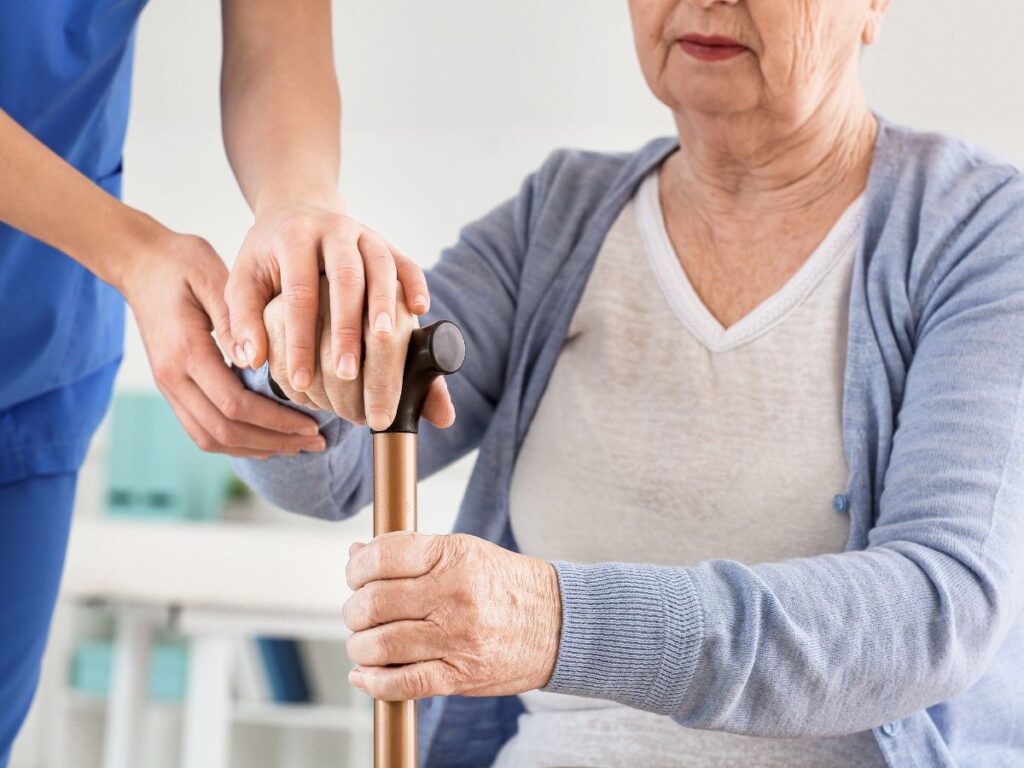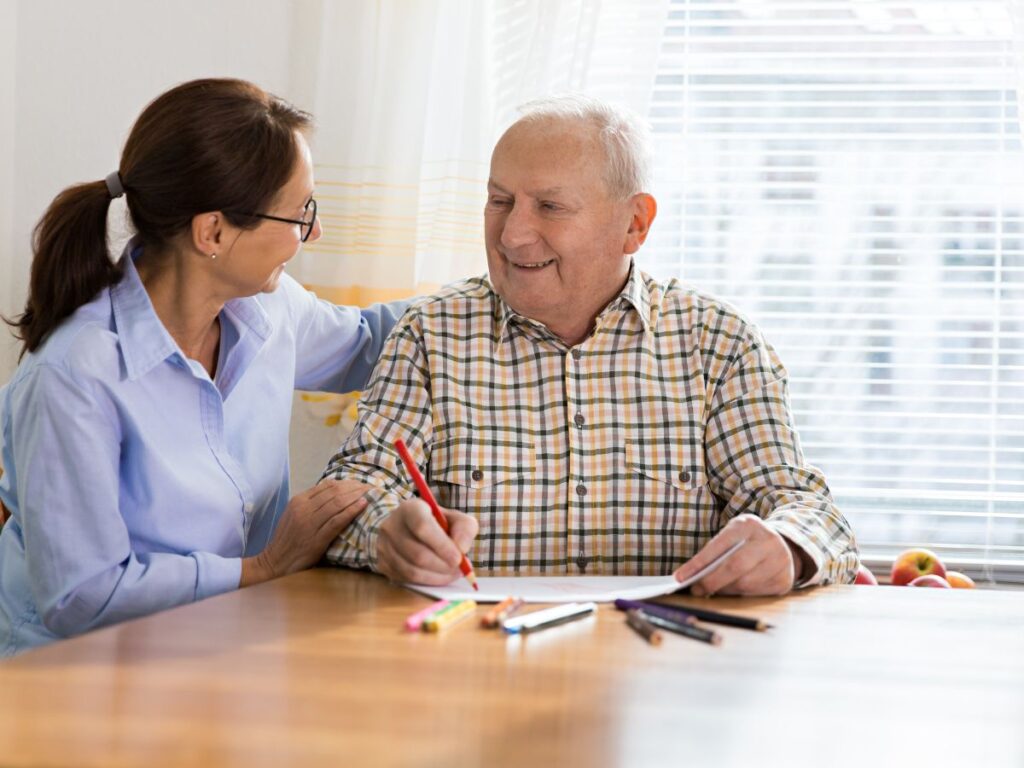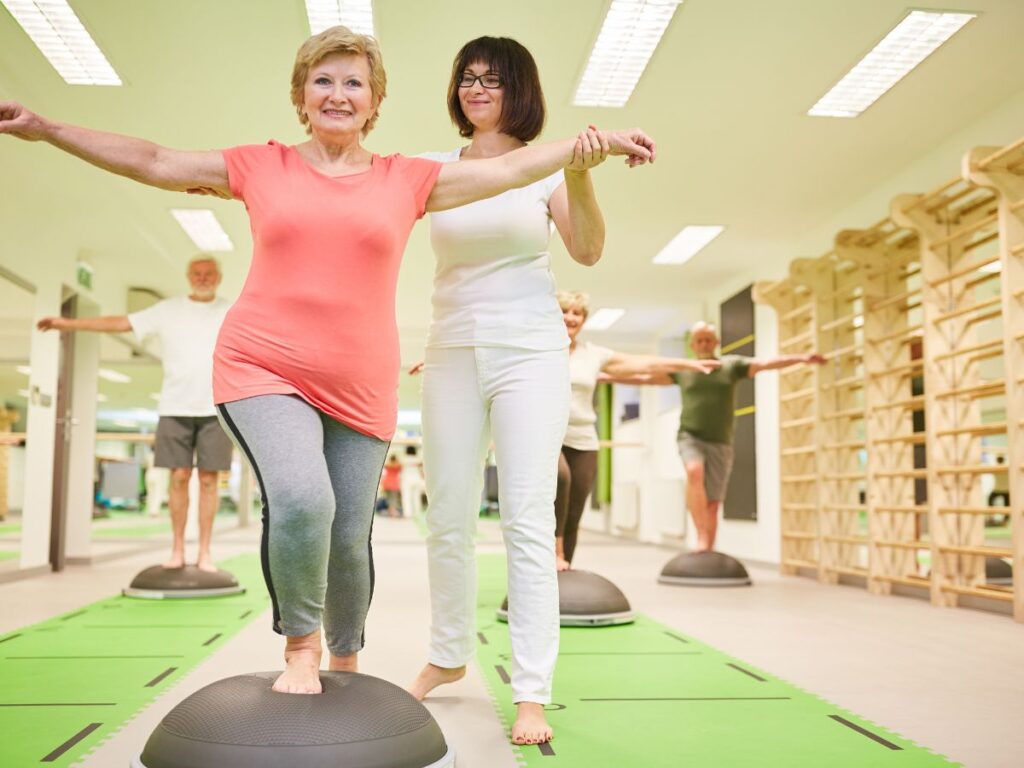Why Fall Risk Assessments Are Crucial for Older Adults
Each year, countless seniors suffer injuries from falls that might have been preventable had their balance and environment been assessed in advance. A comprehensive fall risk evaluation identifies the subtle signs—like low leg strength, suboptimal posture, or home hazards—that elevate the likelihood of stumbles. By pinpointing these factors early, older adults can engage in strength-building exercises, realign posture under Dr. Elham’s guidance, and implement home safety tweaks. This proactive stance replaces waiting for an accident to happen, ensuring seniors stay active and uninjured as they enjoy day-to-day routines without constant worry of losing their footing. A thorough evaluation thus paves the way for tailored interventions that keep older adults on their feet, preserving independence and confidence.
What a Fall Risk Check Looks For
Beyond a cursory glance at a senior’s walk, a fall risk evaluation delves into multiple areas. Therapists gauge leg power—like how easily the older adult can rise from a chair or maintain a single-leg stance. They observe stride length and foot placement for shaky moments. Home environment issues—like slippery bathroom tiles or dim hallways—also factor in. Even medication side effects or spinal subluxations can feed unsteadiness. Dr. Elham may check if the pelvis or lumbar spine tilts posture off-balance. Summarizing these findings, the evaluation reveals a bigger picture: is muscle weakness the culprit, or do alignment issues hamper stability, or does the layout of furniture push seniors toward stumbles? Addressing these root causes transforms guesswork into a clear path to safer living.
Core Aspects of a Senior Fall Risk Evaluation
A typical assessment might include:
- Mobility Tests: Timed up-and-go (from a chair and back), heel-to-toe walks, or foot-ankle range checks.
- Strength and Endurance Gauges: Observing the number of chair squats a senior can manage or how steady they remain after mild leg fatigue.
- Environment Inspection: Noting loose rugs, narrow passages, or poor lighting that trip seniors up.
- Posture and Spine Check: Dr. Elham’s gentle manipulations detect subluxations that skew weight distribution.
- Medication and Health Review: Identifying meds that cause dizziness or conditions like diabetes that dull sensation in the feet.
By compiling these data, therapists form a blueprint of vulnerabilities and propose solutions—like muscle-building exercises, posture realignment, or rearranging household items for easier, safer navigation.
Dr. Elham’s Role in Assessing and Correcting Alignment
Even if a senior musters decent strength, a misaligned spine can pitch their center of gravity forward or sideways, fuelling falls. Dr. Elham evaluates each vertebral segment, noticing if a slight subluxation hinders symmetrical stepping. Mild chiropractic adjustments free tense areas, letting the pelvis and hips align properly. This integration ensures that any recommended balance drills or environmental tweaks flourish on a stable skeletal foundation. Over repeated check-ins, older adults experience more consistent posture—shoulders back, hips even—significantly reducing the unpredictability of sudden wobbles or collapses. Freed from posture sabotage, they handle each step or turn with the calmness that fosters daily independence.
Why Evaluate Fall Risk Before Issues Arise
Often, seniors only seek an assessment after a damaging fall, contending with fractures or lengthy rehab. A preemptive evaluation catches minor flaws—like slightly deteriorating calf strength or a poorly lit corridor—long before they converge into a fall. By adopting a plan early, older adults undergo mild strengthening, fix environment hazards, and correct posture with Dr. Elham’s help, heading off injuries that might restrict them to wheelchairs. This approach fosters a sense of security; knowing vulnerabilities are handled, they can remain active and socially engaged, instead of passively waiting for a potentially life-altering accident to strip away autonomy.
Sustaining Results at Home
Post-evaluation, therapists or Dr. Elham suggest simple daily routines—like a short set of ankle flexes, mini squats, or posture checks—to reinforce stable movement. If a senior notices mild knee strain, they might rest or ice briefly. Family members can help rearrange clutter, install grab bars in the bathroom, or add bright lights in hallways. Over time, these micro-adjustments curtail stumbling hot spots, locking in the progress gleaned from the evaluation. Freed from guesswork, older adults see tangible improvements—like fewer near-falls, smoother steps—and a renewed willingness to tackle daily tasks or step outside without fear.
Addressing Practical Mobility Hurdles
Evaluation sets the stage for real-world solutions—like teaching seniors to turn safely in narrow corridors, step confidently off small curbs, or carry light groceries without weaving. Dr. Elham’s alignment ensures the pelvis doesn’t tilt mid-task. By rehearsing these motions with the therapist’s guidance, older adults iron out flawed stepping patterns. Over repeated attempts, what once felt precarious—like navigating a slightly uneven driveway—becomes second nature. Liberated from constant vigilance about every step, seniors reclaim the spontaneity of routine errands or social visits, reexperiencing life’s ordinary joys unmasked by the dread of an imminent fall.
Dangers of Overlooking a Fall Risk Check
Skipping an evaluation leaves seniors guessing which factors truly threaten their stability. Subtly weakening leg muscles might progress unchecked, culminating in a severe tumble. Hidden posture misalignments can degrade joints further, causing advanced pain or arthritic flares. A single nasty fall can permanently reduce mobility—requiring canes, surgeries, or complete lifestyle changes. In some cases, repeated falls drive seniors toward assisted living, undermining personal independence. Conversely, routine checks and Dr. Elham’s subluxation corrections let older adults intercept these downward spirals, ensuring they remain upright and engaged. The difference between no evaluation and a timely one can be the difference between a restricted, anxious old age and a secure, vibrant one.
Typical Evaluation Session Flow
Therapists or specialists start by noting the senior’s health background—like past falls, medical conditions, or medication lists. Then, they observe gait patterns: does the older adult shuffle feet, pause between steps, or lean on walls? A few simple strength tests might follow—like how many times they can rise from a chair unassisted. Dr. Elham inspects spinal alignment, performing slight adjustments if the pelvis is twisted. Home environment questions arise—like carpet edges, door thresholds, or lighting. By session’s end, seniors receive an individualized summary of risk factors and recommended next steps—like specific strengthening moves, changes in medication, or rearranging furniture to create clear walking paths. Armed with clarity, they embark on a plan that fortifies their standing and motion day to day.
Walking Forward with Confidence
Fall risk evaluation for seniors is more than a checklist—it’s a gateway to safer, more self-assured living. By identifying muscle weaknesses, posture glitches, or home setup flaws, older adults and caregivers can correct these vulnerabilities long before a serious accident occurs. Coupled with Dr. Elham’s alignment expertise, each step transitions from worrisome to composed. Freed from fear of a sudden tumble, seniors rejoin activities—like going for short walks, greeting neighbors outside, or handling mild errands—and relish the independence that defines a fulfilling later life. Ultimately, a proactive evaluation grants them the freedom to navigate their world with open eyes and a steady stance, confident that they’ve minimized the pitfalls lurking in daily routines.






